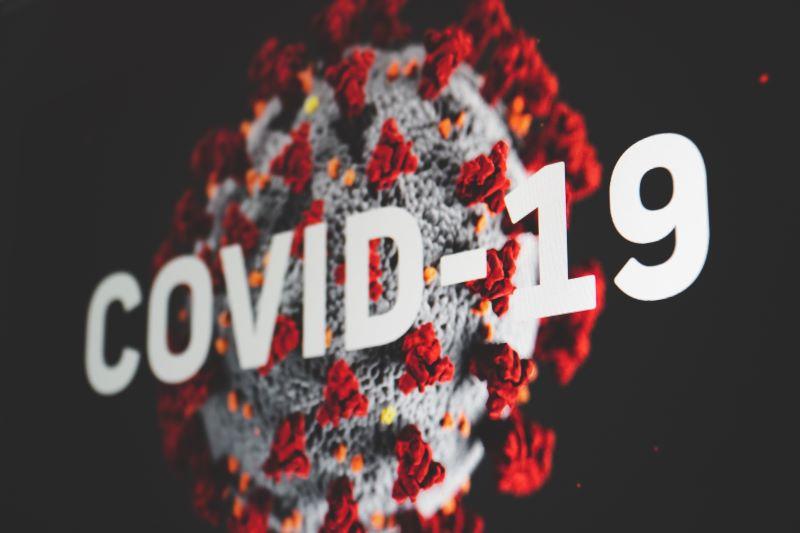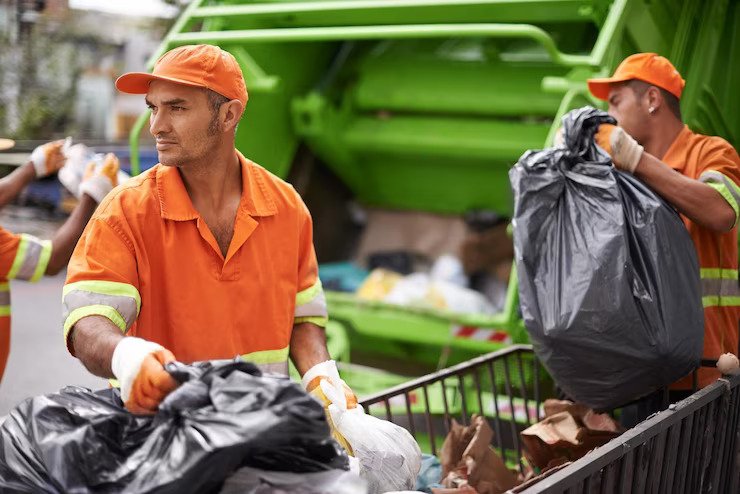10 Covid-19 Precautions to Take Before Hosting a Work Event
5 Mins Read
Published on: 31 March 2022
Last Updated on: 09 November 2024

toc impalement
If you plan to host a work event soon, then you should take every precaution in order to reduce transmission of COVID-19 and keep your workers healthy, not to mention protect the company from liability. Here are 10 Covid-19 precautions you should follow before hosting your next work event, from giving attendees PPE to choosing a location carefully:
1. Know local conditions and mandates
COVID-19 conditions can vary a lot within a state and even from county to county. Before hosting a work event, know the conditions in your area, as well as the accompanying mandates; there may be limitations on gathering size and wearing masks, for example.
If you have people traveling from different counties or states, you should also be aware of the transmission rates there as well; someone coming from an area of high transmission has a higher chance of being a carrier for COVID-19, even if you are having the meeting in a low transmission area.
2. Only invite essential personnel
The fewer people at the meeting, the lower the chances of transmission. Keep the invite list limited to essential personnel and don’t invite people who don’t need to be there. If you know there are some people who would benefit from a recap of the meeting’s content but don’t need to participate in life and in person, consider sending out a written summary or a recording after the fact.
Related Resource: Why Do Businesses Need To Take Cybersecurity Seriously During COVID-19

3. Offer a Zoom option
You can also keep the in-person count low by offering a hybrid meeting with a Zoom option for certain participants. This allows some people, such as those who are immunocompromised or who have small unvaccinated children at home, to attend virtually so they can protect themselves and their families.
Other people who have a lowered risk of COVID-19 and who are essential to the meeting can opt to attend in person. By giving the hybrid option, people can choose whichever they are most comfortable with.
4. Encourage attendees to be vaccinated
Getting vaccinated is one of the best hints that people can do to prevent the spread of COVID-19 at any type of gathering, whether that is a work event or grocery shopping. Encourage all of your attendees, especially those who are attending events in person, to get caught up on their boosters or to get vaccinated if they haven’t already. For full efficacy, they should get the vaccine two weeks before the work event so their immunity can build up in time.
5. Minimize travel to the event
More travel means more exposure, which means a greater risk of transmission. Generally speaking, flying on a plane involves more exposure than driving in a car, and longer drives with more stops involve less transmission than shorter drives. When putting together an invite list and selecting a location, choose one that will minimize the travel for attendees so that they will have lower exposure.

6. Get everyone to test beforehand
Ideally, all attendees should have two tests done: a PCR test taken 24-72 hours before the meeting (depending on how long it’s taking for labs to turn around results) and a rapid antigen test taken just before the start of the meeting. PCR tests are more accurate, but the results take longer because the samples must be sent away to a lab; hence, the need for two different types of tests to account for the time lag.
Related Resource:5 Reasons Why You Should Outsource Your Digital Marketing Post COVID-19
7. Have sick people stay home
If someone tests positive for COVID-19 or is experiencing symptoms consistent with the virus, have them stay home from the meeting and attend it virtually instead. Keep in mind that someone can test positive for COVID-19 and thus be contagious without exhibiting symptoms. It can also take a few days after the onset of symptoms to have enough of a viral load to return a positive test, so if someone has just gotten sick but gets a negative test, they should still stay home.
8. Think about ventilation
Since COVID-19 is largely transmitted through the air, you need to think about ventilation when selecting a location for the meeting. Being outside greatly reduces the odds of transmission because the constantly moving air and lack of walls mean that any particles of the virus that are exhaled will quickly be dispersed.
If you can, try to hold the meeting outside to take advantage of these benefits. If the weather doesn’t allow for this, then check the ventilation of the building and the room where you plan to meet. You may be able to open some windows, run a fan, or otherwise take steps to improve ventilation while indoors.

9. Give them PPE
All meeting attendees should have personal protective equipment (PPE), including KN95 masks to help drastically reduce airborne transmission. N95 and KN95 masks are much more effective than cloth or surgical masks.
They should also wear nitrile gloves if they will have to touch a lot of surfaces; for instance, if you will be passing a tablet around the table. You should also bring bulk disinfectant wipes so you can wipe down the desks, doorknobs, and other surfaces before and after the meeting.
10. Let everyone know if someone tests positive
Occasionally, despite your best precautions, someone may test positive for COVID shortly after your work meeting. You should send everyone home with a rapid test and instruct them to take it five days after the meeting, which is the waiting period recommended by the CDC (this, hopefully, gives the viral load enough time to develop to detectable levels).
If they start to develop symptoms or the rapid test comes back positive, they should also get a PCR to confirm the result. If someone does test positive after your meeting, you should notify everyone else who attended so they can get a PCR test, too, to rule out whether or not they have COVID-19.
Taking precautions is much better than trying to run damage control after the fact. Follow these steps to reduce the chances of spreading COVID-19 (as well as other infectious diseases!) at your next work event.
Read Also:


















Comments Are Closed For This Article